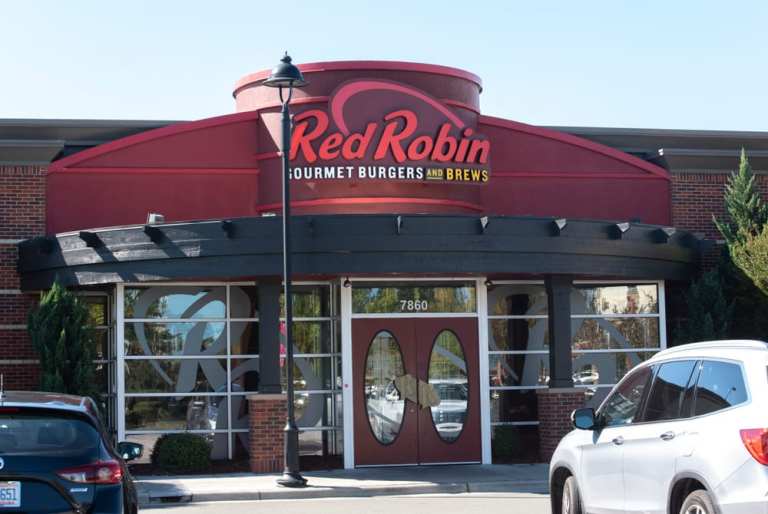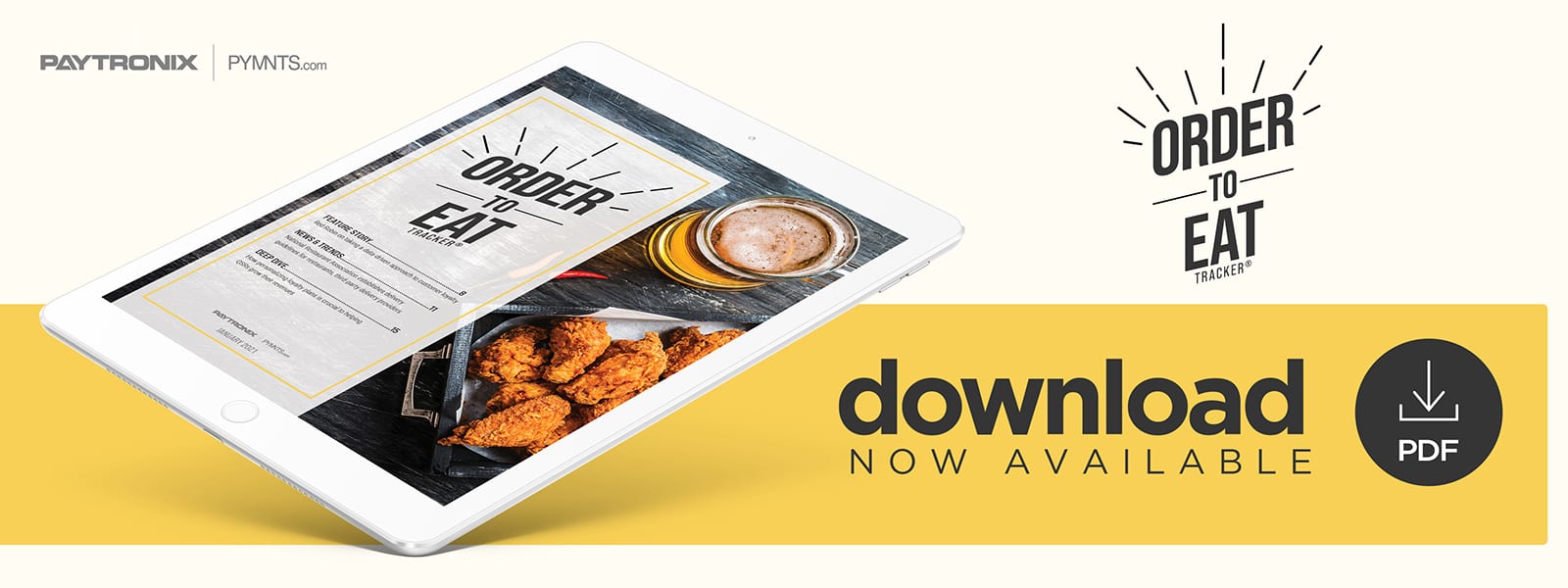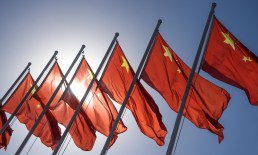Quick-service restaurants (QSRs) have long turned to rewards programs to boost revenues among loyal customers, and these offerings are becoming more important than ever during the pandemic.
PYMNTS’ Delivering On Restaurant Rewards report revealed that consumers most commonly cited loyalty programs as features that would prompt them to spend more on food orders. Thirty-nine percent said they would spend more at restaurants that offered such programs, for example.
Many QSRs are realizing that simply offering loyalty programs is no longer enough to earn consumers’ business during the health crisis, however, and are instead looking for ways to tailor their offerings to customers’ individual tastes.
Casual dining chain Red Robin began providing loyalty perks almost a decade ago, and its initial rewards program was relatively straightforward: Each patron could receive a free entree after making nine purchases.
The Colorado-based chain, which has more than 560 locations across the U.S., decided in 2019 that it needed to take its program a step further to keep its revenues robust and to satisfy loyal customers.
“Very early on, we started to introduce surprise and delight offers and messaging in addition to the basic program,” said Jonathan Muhtar, the chain’s executive vice president and chief concept officer. “Today, we’ve gotten more targeted, and that messaging and those offers are more relevant to our guests.”
The Benefits Of A Data-Driven Approach
Analyzing consumer data has given Red Robin new insights into its customers’ behaviors and helped the QSR determine how it can further drive spend. Muhtar said these insights have revealed that diners with children tend to be especially loyal customers. This has allowed Red Robin to identify guests who have purchased regular-priced children’s meals and give them discounts on those offerings to keep them engaged. The effort appears to be working as the chain saw its highest-ever level of loyalty program participation in 2020, according to Muhtar.
The QSR has been gathering customer data since the Red Robin Royalty loyalty rewards program’s inception, but Muhtar said it had to upgrade its software to extract more information from members as part of its push toward customized offers. He said these network improvements came at a price, but the returns have made it worth the cost.
“Frankly, it’s been profitable for us because it drives a higher check,” he said. “I think what our investments are going to allow us to do is really personalize offers at greater levels of sophistication, with the goal of ultimately [fostering] more of a one-to-one conversation between the brand and our guests.”
Customers stand to benefit the most from a more customized approach to rewards offerings, said Cyrus Kelley, Red Robin’s vice president of consumer insights and loyalty. He explained that customers who provide more information during rewards sign-up are more likely to receive enticing offers that suit their preferences and needs.
“The idea is trying to drive something that’s a better outcome for the guest and for us,” Kelley said. “We feel guest research helps us determine what messages are going to be most compelling for which guest. Our strategy allows us to tailor our messaging and provide offers to specific behaviors.”
The Perks Of Robust Access To Customer Information
Customers can onboard with Red Robin’s basic loyalty program simply by providing their email addresses and telephone numbers, but those who offer more detailed information or subscribe to receive promotional communications can gain access to other deals. Rewards members who visit a Red Robin restaurant at least five times within five weeks of activating their accounts receive a $20 food credit, for example, and those who provide their birthdates during sign-up are offered free burgers or entree items on their birthdays.
“We allow guests to opt in at the level that makes the most sense for them,” Kelley noted. “There are different levels that you can opt into. If you provide us your birthday, then you are eligible for our birthday burger. If [we] don’t know your birthday, [we] can’t [offer you that promotion].”
The data Red Robin has gathered from its program also allows it to better engage with consumers who are primarily using takeout — a common occurrence as many consumers are avoiding in-store purchases or dining during the pandemic.
“In those cases, we might do a targeted message about the additional safety protocols we’ve implemented in our restaurants, and that might be most compelling,” Muhtar explained.
The flip side of this is that Red Robin can also determine which of its customers are more comfortable dining in or placing orders at the counter. These guests tend to be much more interested in finding out about new menu items, restaurant news or other offers, and the QSR can tailor its outreach based on these factors.
Loyalty programs are mainstays in the QSR world, but many restaurants are catching on to the benefits of customizing their rewards offerings based on customers’ individual behaviors and needs. Providing flexible loyalty programs powered by robust customer data could be just what QSRs need to drive increased spending and boost revenues.





